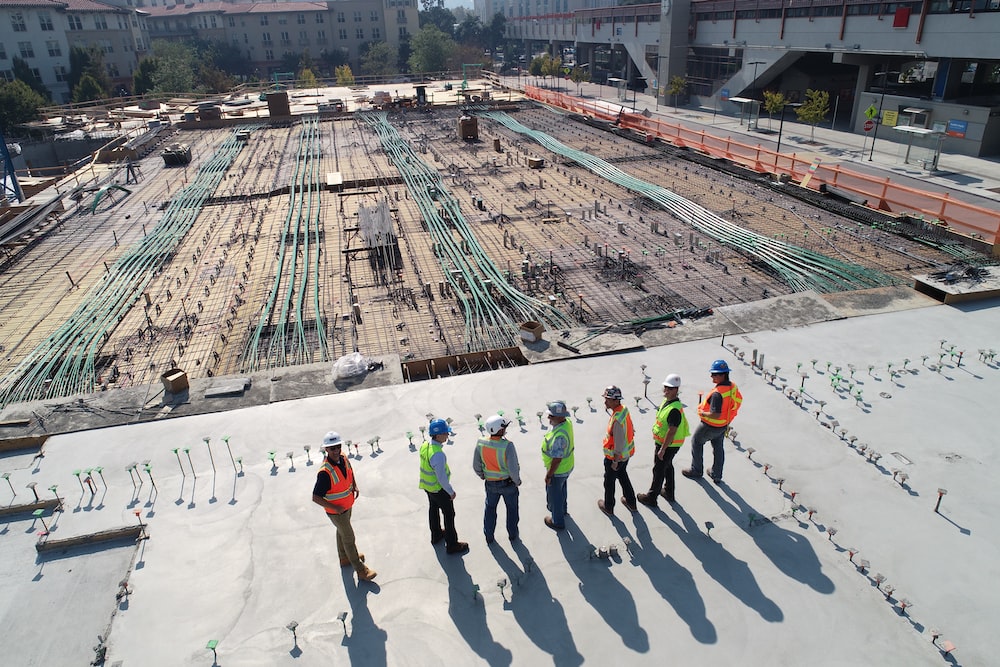
Data centers are the lifeblood of today’s technology-driven world. They’re complex structures that house a vast array of servers, routers, switches and other hardware that process data from millions of users all over the globe. But if you’re looking to build a data center for your business or organization and want it to be as efficient and reliable as possible, there are some key things you need to consider first:
Plan ahead
- Plan for space and power requirements.
- Plan for future growth.
- Plan for redundancy (if you’re building a new data center, you want to make sure it can withstand an outage).
- Plan for physical access controls (what kind of security measures are in place to protect your servers? Do employees need badges or keycards to enter the room where the servers are kept?).
Size up your space
The first step to building a data center is finding the right space. If you don’t have enough room, or if your space is too small to accommodate all the equipment needed for your project, then it’s time to start looking again.
If possible, try to get an idea of what kind of equipment will be housed in your data center before finalizing any plans. This way, when looking at potential locations and spaces within those locations that might work best for your needs and budget (more on this later), you’ll be able to make better decisions about which ones are worth pursuing further based on their existing layouts or other factors that may affect how easy or difficult it would be for them
Consider the risk of power supply failure
One of the most important considerations in planning your data center is how to mitigate the risk of power supply failure. The consequences of a power outage can be catastrophic and include:
- Data loss
- Downtime
- Loss of revenue
- Reputational damage (the loss of customer confidence)
Know where to set up your data center
- Location, location, location. The first thing you need to consider when choosing a location for your data center is where it will be located. You’ll want to make sure that the building your data center is housed in has enough power and air conditioning for all the equipment that will be housed there. You also want to make sure that it’s far away from any interference sources such as other buildings or high-voltage lines.
- Distance from power source: There are two major considerations here: how far away from natural gas lines are we going? And how much power do we have available? Natural gas is generally considered safer than diesel fuel because it burns cleaner; however, natural gas leaks can still cause serious damage if they’re not detected quickly enough–and diesel fuel smells like gasoline so everyone knows when something is wrong!
Think about security and physical access controls
The first thing to think about when planning your data center is security. This means physical access controls, fire safety and data center management.
Physical security is an important part of any data center design because you want to make sure that only the right people have access to it at all times. It’s also important from a liability standpoint; if someone gets hurt in or around your building because they weren’t supposed to be there, then you could end up having legal issues on your hands (and potentially paying out thousands).
Fire safety is another major concern for any facility manager looking after a large scale operation like this one – fires are dangerous and expensive! While we don’t want any fires happening in our facilities at all times possible due their potential costliness involved with putting them out (even if no one gets hurt), knowing how best way possible prevent them from happening can really save money down the road when compared against not doing anything until something happens first.”
Keep an eye on energy consumption
Data centers are big energy users. In fact, they’re the second largest operating cost for many businesses. To help you keep your eye on this important expense and reduce your carbon footprint, here are some ways to monitor and track data center energy use:
- Measure how much power each piece of hardware is using. You can do this by looking at the wattage rating on its packaging or label; if there’s no wattage rating listed (or if it’s not accurate), use an online tool like Power Calculator or P3 International’s Power Profiler to determine what kind of load each item puts on the system as a whole. This will give you an idea of which devices consume more electricity than others–and thus need special attention when trying to cut down on consumption costs–and which ones have lower power requirements so that they don’t need as much cooling or ventilation systems in order work efficiently at full capacity.* Monitor how much electricity is being used over time so that spikes in demand aren’t missed during peak usage periods such as summer heat waves.* Set up alerts so that anyone working in IT knows right away when something goes wrong with one component so they can take action immediately instead of waiting until morning when everyone comes back from lunch break
Data centers are complex and many factors need to be considered before building them.
Data centers are complex and many factors need to be considered before building them. For example, you need to consider the location of your data center and its proximity to power sources and internet providers. You also need to make sure that there is enough space available for your data center in case you want to expand its capacity later on.
Conclusion
In conclusion, data centers are complex and many factors need to be considered before building them. They require careful planning and consideration of all aspects of their construction.


















